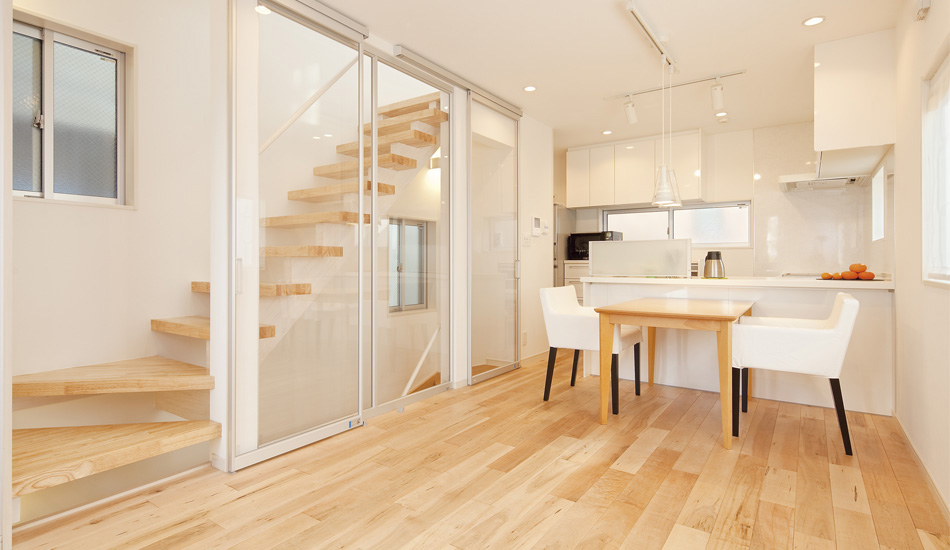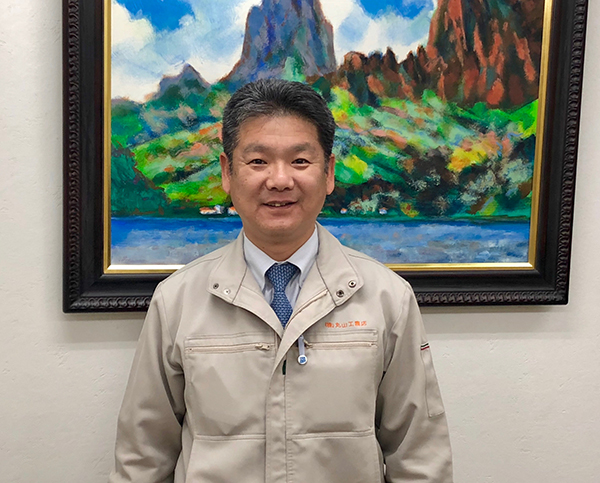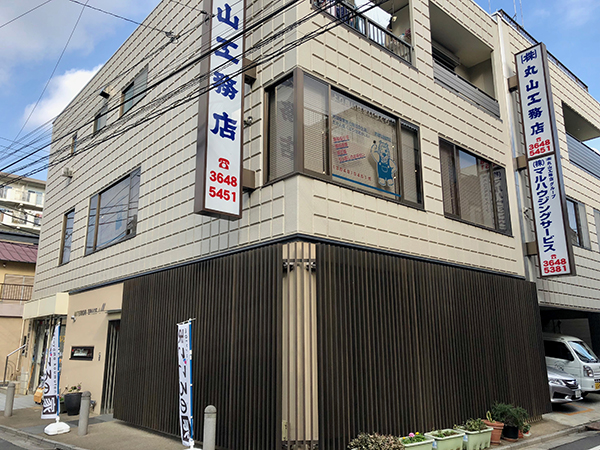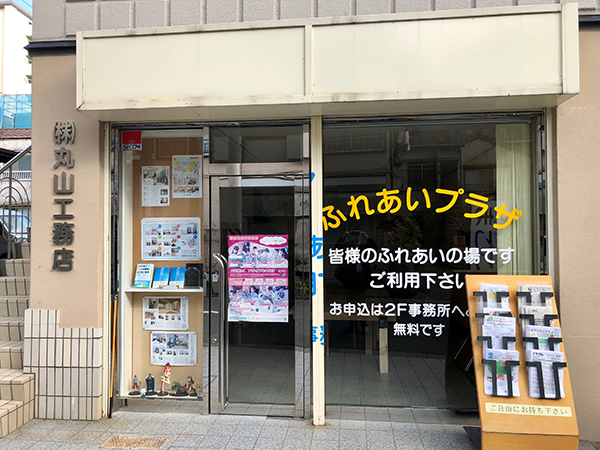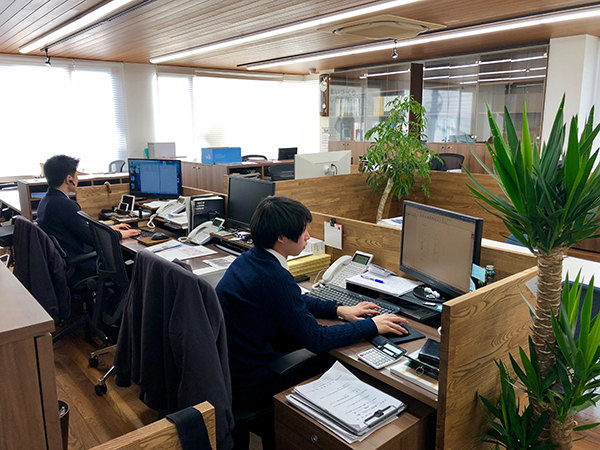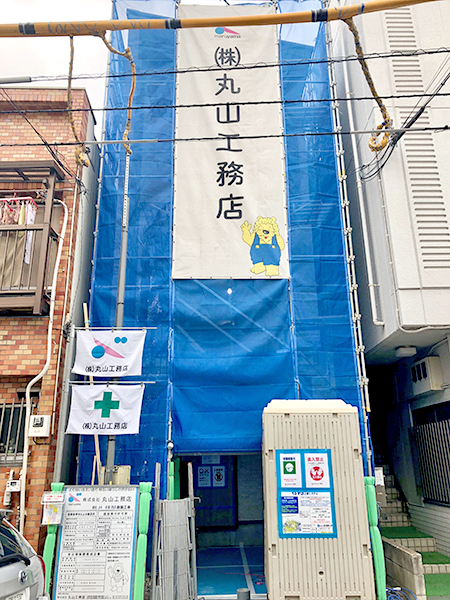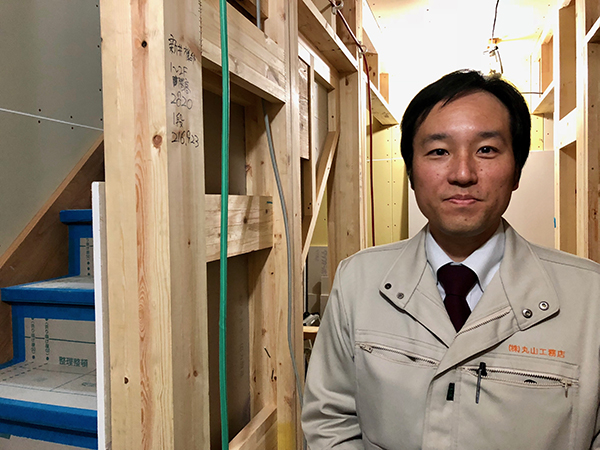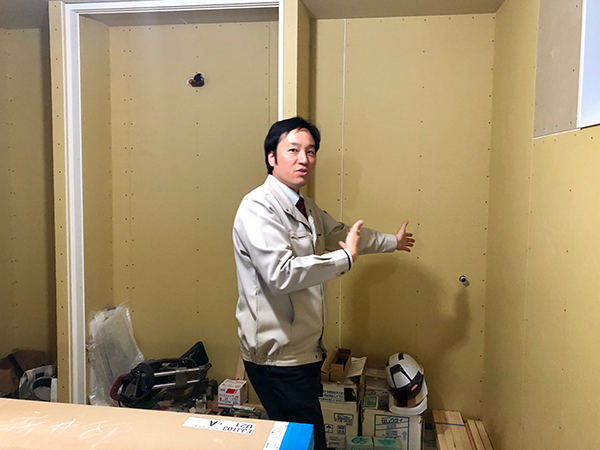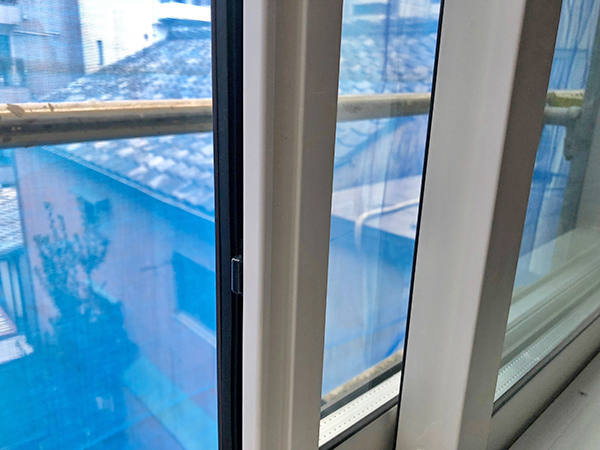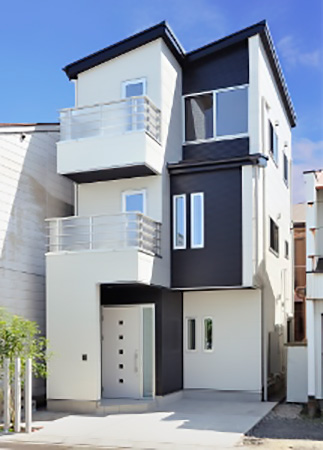Making Homes at Maruyama Komuten
Published: February 12, 2019
Maruyama Komuten, the architects and contracting firm, has been designing, building, and rebuilding houses in east Tokyo since 1952. On a recent early spring afternoon, I dropped in to the headquarters in Higashisuna for a chat with third-generation president Katsuhito Maruyama and section chief Takashi Masuyama.
“My grandfather was a carpenter and came to Tokyo from Nagano Prefecture in the early 1950s. At that time, Japan was recovering from the effects of the war and a massive rebuilding boom was underway to address the chronic housing shortage in Tokyo. Skilled young men like him were drawn to the city from all over the country,” said Mr. Maruyama. “I’m not exactly sure why he settled here in Higashisuna; maybe he had a friend from Nagano or some work here. Anyway, he prospered and founded his own company in the early 1970s.”
“I attended a technical high school and then worked as a carpenter for three years to learn the trade. After that I obtained my architect’s licence and worked on sales, around the start of the Bubble period in the 1980s,” he added. “Our work is designing and building houses. We usually build houses with three floors with a maximum of four. The process begins with a series of meeting to discuss the exact needs of our customers, their lifestyles, hobbies, and special requests. This is the most important part; to build the best possible house for the individual client we have to understand as much as possible about their needs.”
The headquarters of Maruyama Komuten contains the offices, a design centre and the “Fureai Plaza”, a meeting room available to local residents for events, workshops and the like. Reservations are needed. “Once we have fully understood the requirements and conditions of the customer, we make estimates and then begin the design process,” says Mr. Maruyama. “From start to finish it can take four or five months. Our company owns properties in the local area that customers can live in free of charge until their house is finished, so there is no disruption to their lifestyle. We also have warehousing where we can safely store larger personal belongings during the construction period. Again, it’s free of charge.”
The nerve centre of the Maruyama Komuten operation is the office, a veritable hive of industry. The firm has a huge number of customers in not only Koto Ward, but also the neighbouring areas of Sumida, Katsushika, and Edogawa. All customers receive a free inspection of their property twice a year, yet another example of the fine service provided by the company.
Maruyama Komuten also employs a full-time interior coordinator to work with the customers on their new dream abode. The coordinator works closely with the family and can source all kinds of interior goods, from wood to wallpaper.
Mr. Masuyama and I visited a building site near Kiba Station. As you can see the gap between houses is extremely narrow, a feature of the area, and challenges the ingenuity and skills of both the architects and the craftsmen building it. “Each area has its own individual laws which vary slightly so we have to check thoroughly in the planning stage,” he says.
Hailing from Omiya in Saitama Prefecture, Mr. Masuyama has been with Maruyama Komuten for 22 years now. “My father was in the construction business, so it was a natural progression for me as well. An interesting point of our company is that, unlike most contractors, a single person is responsible for all aspects of one order, from the start to the finish. This includes the initial sales work, the planning, making the estimates, customer liaison, management of the building work, and so on. It means we have to be experts in all fields and stay abreast of the latest developments in the business. It makes for better service to our customers.”
“Twenty years ago, there were four or five architect and contractor companies like ours in the area and we could only work as far as Meiji Street. Now we’re the last one remaining and can work all over Koto ward and in neighbouring areas. Our carpenters and other staff are local as much as possible, living in the area they work in,” said Mr. Masuyama. The carpenter on the right has 24 years on the job while the exterior specialist on the left is equally experienced.
All new homes built in Japan from 2020 must follow stringent new rules for energy efficiency, insulation, earthquake resistance, and so on.
As Mr. Masuyama explains, “Only 25% of houses in Japan currently have decent insulation, meaning three-quarters of all houses are losing heat. That means higher heating bills. 40% of heat loss is through the windows. Here we have fitted special heat-reflecting windows that retain heat in winter and reflect longer-wavelength infrared light very effectively in summer to keep the room cool. Resin window frames like these achieve about four times greater heat insulation than regular aluminium frames.”
If you’re contemplating rebuilding your house and you live in any of the four wards covered by Maruyama Komuten (Koto, Sumida, Katsushika and Edogawa), then why not start by taking a look at the company website. It contains a wide array of photographs of completed projects, and very attractive they are too. A house with a floor area of 100 to 130 square metres (30 to 40 tsubo in Japanese) should cost between 20m to 30m yen, or more depending on the situation and the customer’s requirements. Of course, if you just want to renovate your house, Maruyama Komuten can help with that too. Rebuilding your house is a major undertaking so it pays to call a name you can trust, a name with experience and know-how. Call Maruyama Komuten!
Story and Photos by Stephen Spencer

